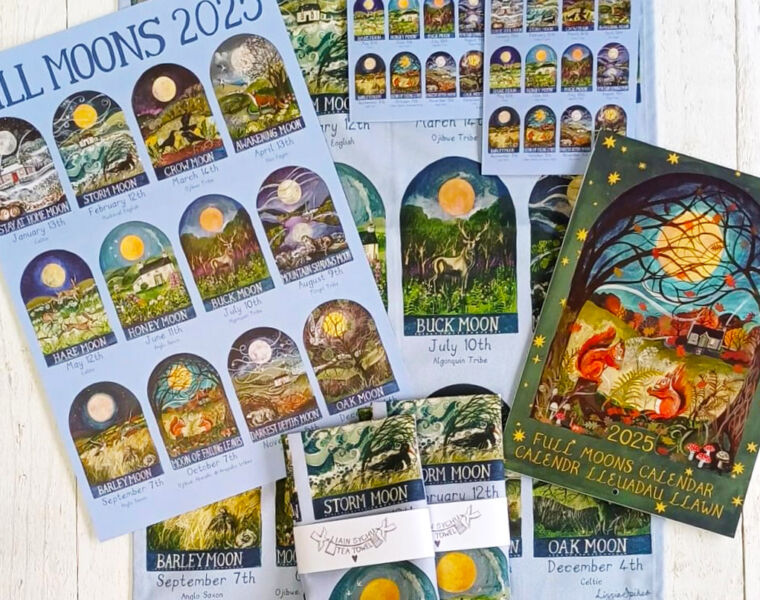Love It, Love It, Love It!
But how many of the things you buy with your heart turn out to be good investments, too?

Mohammad Kamal Syed of the distinguished private bank and wealth management service Coutts looks at the trends in Passion Assets – the objects we buy because we love them
 Sotheby’s in London recently auctioned the world’s largest uncut diamond – the Lesedi La Rona, which is about the size of a tennis ball. It didn’t meet its minimum reserve price of £70 million, so it didn’t sell.
Sotheby’s in London recently auctioned the world’s largest uncut diamond – the Lesedi La Rona, which is about the size of a tennis ball. It didn’t meet its minimum reserve price of £70 million, so it didn’t sell.
Although people are still interested in diamonds, the Sotheby’s auction demonstrates that prices in this asset class are softening.
Diamonds are just one example of so- called Passion Assets, which include classic cars, fine art and other collectibles, and feature increasingly in the portfolios of wealthy individuals.
Since the global financial crisis, volatile markets and record-low interest rates have increased demand for more diverse “alternative” investments, and driven interest in many physical assets that have intrinsic value, particularly where the supply of those assets is limited. While many alternatives have provided fairly spectacular returns, there is much more to investing in such assets than price appreciation alone.
Indeed, for many wealthy individuals, alternatives are less about investing and more about owning and enjoying those assets. Over the past decade, classic cars have been the standout performer.
According to the Coutts Index, their prices rose by 40% during 2014 and increased in value almost five-fold over the past nine years. Rarity is another valuable characteristic. Rare, period artefacts with geographical resonance are also highly collectable. For example, Chinese artefacts, such as porcelain, are increasingly being bought by Chinese collectors who provide a sizeable pool of wealth to support the market.
 The overall Coutts Index has risen by 80% since 2005. The Coutts Index is widely acknowledged as a global benchmark for monitoring the performance of Passion Assets, tracking 15 different types including fine art, collectibles, precious items, and trophy properties.
The overall Coutts Index has risen by 80% since 2005. The Coutts Index is widely acknowledged as a global benchmark for monitoring the performance of Passion Assets, tracking 15 different types including fine art, collectibles, precious items, and trophy properties.
Classic cars, for instance, must have fetched more than $500,000 at auction and been sold more than 10 times, such is the thoroughness of Coutts’ approach. While the stunning price performance of many alternative assets could be enough in itself to tempt investors, this is an area best reserved for those with a genuine passion for the objects they are buying. Price appreciation must be viewed as an added bonus, not a pre-condition. Yet alternatives can offer advantages purely as financial assets too – most notably portfolio diversification.
Returns from these alternatives often move independently of stock market returns, for example. While alternatives are in vogue, the markets are generally very illiquid. This lack of liquidity can cause prices to fluctuate and makes alternatives difficult to value and sell. This makes it imperative that investors understand their markets. It also means owners must be prepared to hold such assets for the long term.
If they are genuine investments of passion, this shouldn’t prove too onerous a task. In fact, it might prove more challenging to remain detached enough to recognise the investment potential in your passion and to sell when the time is right!
 The returns quoted for many alternative assets will almost certainly have been estimated from relatively few transactions on unregulated markets, where pricing can be sketchy and opaque.
The returns quoted for many alternative assets will almost certainly have been estimated from relatively few transactions on unregulated markets, where pricing can be sketchy and opaque.
The few indices that follow the prices of these assets choose which assets to include, and the indices can be biased by that selection process. What’s more, it’s not possible to invest in any of these indices, and the prices commanded by individual assets may not be representative of the market or index as a whole.
Despite these drawbacks, alternative investments (even above the potential financial returns they offer) provide one thing that no index can measure – and that’s happiness. The idea of someone paying $50 million for an old car that’s uncomfortably hot, noisy, leaks water and has a turning circle that makes an average tank look agile seems insane.
In many ways it is. But the happiness such a car can bring is immeasurable.
About the author
Mohammad Syed is Head Of Financial Advice And Investment Solutions at Coutts
Website: www.coutts.com
Address: 440 Strand, London, WC2R 0QS
Telephone: 020 7753 1000




You must be logged in to post a comment.